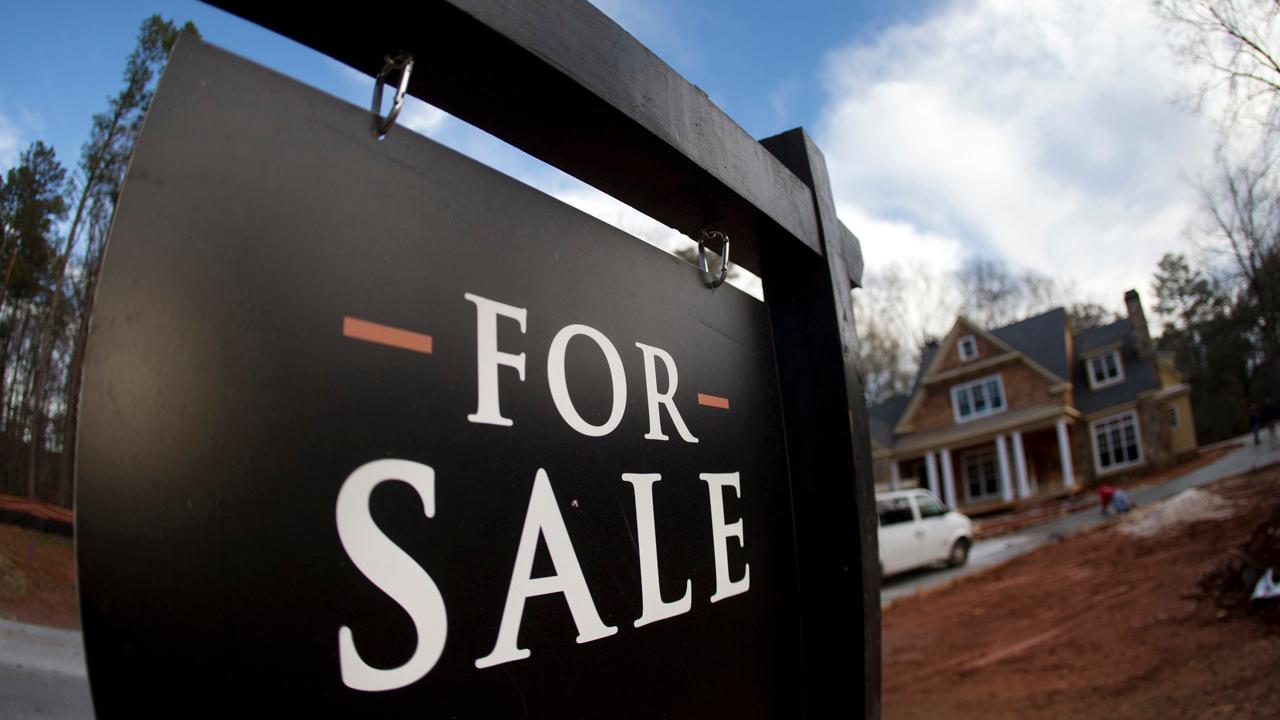Highest — and lowest — property taxes in the US: Find out where your state stands
It's one of the biggest downsides of owning a home: paying property taxes.
That may explain why 78 percent of renters believe it's more affordable to continue renting than to own a property, according to 2018 research conducted by Freddie Mac. On top of that, U.S. home sales in March reportedly fell 4.9 percent from February — with four major regions seeing a rapid decline in buyers.
Before you purchase a home in a new neighborhood, make sure to do your research.
“Property tax is a critical piece of information in the home purchase decision and something a buyer should ask about before making the purchase,” Lawrence Yun, the chief economist for the National Association of Realtors, told USA TODAY.
Local governments are typically in charge of implementing property taxes on buildings and properties within their jurisdiction. Most of that money goes toward funding public schools, public safety and maintenance — such as paving roadways or street cleaning — needs in the area.
The value of a home can fluctuate depending on renovations made to the building or improvements in the area, among other factors.
"Municipalities adjust property tax rates on an annual basis depending on their changing fiscal needs and to compensate for inflation," Bankrate explained in a blog post, noting governments handle taxes on commercial and industrial properties differently than residential.
CLICK HERE TO GET THE FOX BUSINESS APP
That said, it's worth noting the amount you have to fork over in property taxes depends on where you live.
The average American household receives a $2,279 property tax bill each year, according to WalletHub, citing the U.S. Census Bureau. Homeowners typically pay a 1.2 percent property tax rate, USA TODAY said.
To give potential homebuyers an idea of how much the rate differs in each state, USA TODAY teamed up with the Lincoln Institute of Land Policy to rank property taxes based on location.
"USA TODAY ranked property taxes among states by the effective tax rate for homeowners, rather than the median tax paid, which is affected by overall home values," the publication explained.
The newspaper claims New Jersey has the highest property taxes among all 50 states. The Garden State has a median tax rate of 2.35 percent, paying around $7,410 every year. Illinois and New Hampshire are close behind with 2.3 percent and 2.15 percent, respectively. In Illinois, the median tax amount paid totals $3,995 on average while New Hampshire homeowners pay around $5,100.
Hawaii is apparently one of the most affordable places to live, with a 0.27 percent tax rate. The median tax paid per month in paradise is around $1,406. And in Alabama, locals only pay around 0.43 percent, which equals a $543 annual median tax payment.
Based on the data, these are the 10 best — and worst — states for property taxes and their average tax rate.
Worst states
- New Jersey: 2.35%
- Illinois: 2.3%
- New Hampshire: 2.15%
- Connecticut: 1.97%
- Wisconsin: 1.96%
- Texas: 1.9%
- Nebraska: 1.85%
- Michigan: 1.78%
- Vermont: 1.74%
- Rhode Island: 1.63%
Best states
- Hawaii: 0.27%
- Alabama: 0.43%
- Louisiana: 0.49%
- Delaware: 0.54%
- Washington, D.C.: 0.56%
- South Carolina: 0.57%
- West Virginia: 0.58%
- Colorado: 0.6%
- Wyoming: 0.61%
- Arkansas: 0.62%
Is your state not on the list? Plug your location into Lincoln Institute of Land Policy's online database to see where it ranks.




















